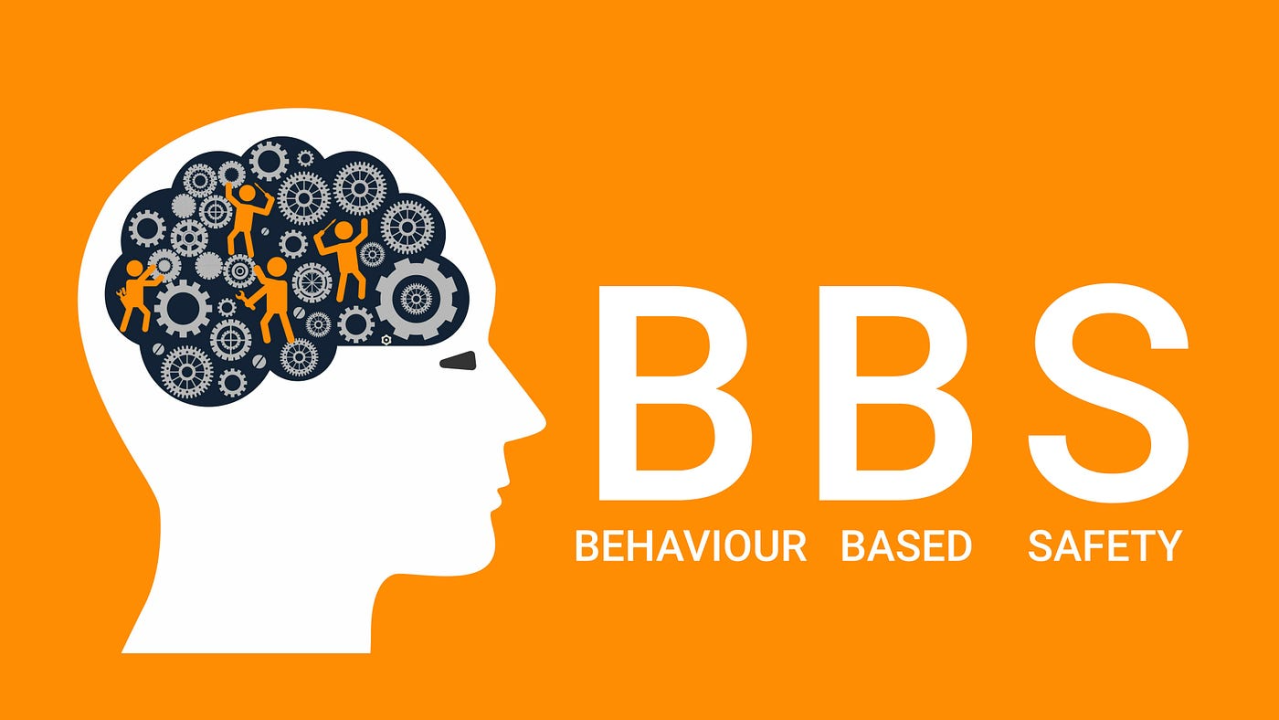In many industrial settings—whether in foundries, construction sites, or manufacturing plants—exposure to high temperatures is an inherent hazard. Prolonged exposure can lead to heat stress, which not only compromises worker health but also reduces productivity and increases the risk of accidents. This article explores the challenges posed by heat stress in industrial environments and outlines strategies to mitigate its impact.
Understanding Heat Stress in Industrial Environments
Heat stress occurs when the body is unable to dissipate excess heat, leading to a range of symptoms from mild discomfort to life-threatening conditions such as heat exhaustion or heat stroke. In industrial settings, factors contributing to heat stress include:
- Ambient Temperature: High outdoor temperatures or heat generated by industrial processes.
- Humidity: High humidity levels can impair the body’s natural cooling mechanisms.
- Physical Exertion: Labor-intensive work increases metabolic heat production.
- Personal Factors: Age, fitness level, hydration status, and acclimatization can affect individual susceptibility.
Common Health Impacts
Exposure to extreme heat can cause:
- Heat Exhaustion: Characterized by heavy sweating, weakness, and nausea.
- Heat Stroke: A severe condition marked by confusion, loss of consciousness, and potentially fatal outcomes if not promptly treated.
- Dehydration and Fatigue: Reduced hydration and increased fatigue impair cognitive and physical performance.
- Long-Term Health Risks: Chronic exposure may exacerbate cardiovascular and respiratory conditions.
Strategies for Mitigating Heat Stress
1. Engineering Controls
- Improved Ventilation: Installing ventilation systems or using natural airflow to help dissipate heat.
- Cooling Systems: Use of fans, evaporative coolers, or air conditioning in enclosed workspaces.
- Insulation and Reflective Materials: In high-temperature areas, using reflective coatings or insulation on surfaces can reduce heat absorption.
2. Administrative Controls
- Work Scheduling: Organize work shifts to avoid the hottest parts of the day. Implement rotating shifts to limit exposure time.
- Rest Breaks: Enforce frequent rest breaks in shaded or cooled areas to allow workers to recover.
- Hydration Protocols: Provide easily accessible drinking water and encourage regular fluid intake.
- Acclimatization Programs: Gradually increase exposure for new or returning workers to help them adjust to high temperatures.
3. Personal Protective Equipment (PPE) and Clothing
- Lightweight, Breathable Fabrics: Encourage the use of clothing designed to wick moisture and promote airflow.
- Cooling Vests: Use personal cooling devices such as vests or bandanas that can help lower body temperature.
- Hats and Sunglasses: Protect against direct sun exposure during outdoor work.
4. Monitoring and Training
- Heat Stress Monitoring: Use wearable sensors or environmental monitors to track temperature and humidity levels in real time.
- Health Surveillance: Regularly assess workers for signs of heat stress and provide immediate assistance if symptoms develop.
- Education and Training: Train workers to recognize early signs of heat-related illnesses and to understand the importance of hydration and rest. Incorporate emergency procedures into routine training sessions.
5. Emergency Preparedness
- Emergency Response Plans: Establish clear protocols for managing heat-related emergencies, including designated cooling centers and rapid evacuation procedures.
- On-Site Medical Support: Ensure that first-aid supplies and medical personnel are available to respond to heat stress incidents promptly.
Conclusion
Managing heat stress in industrial environments requires a proactive and comprehensive approach that integrates engineering and administrative controls, effective PPE, ongoing monitoring, and robust training programs. By implementing these strategies, organizations can protect worker health, maintain productivity, and create a safer workplace even in the most challenging high-temperature conditions.
Investing in heat stress management is not only a regulatory and ethical responsibility—it’s a critical element of operational excellence that ensures workers remain safe, healthy, and capable of performing at their best.
Discover more from HSEProHub
Subscribe to get the latest posts sent to your email.



